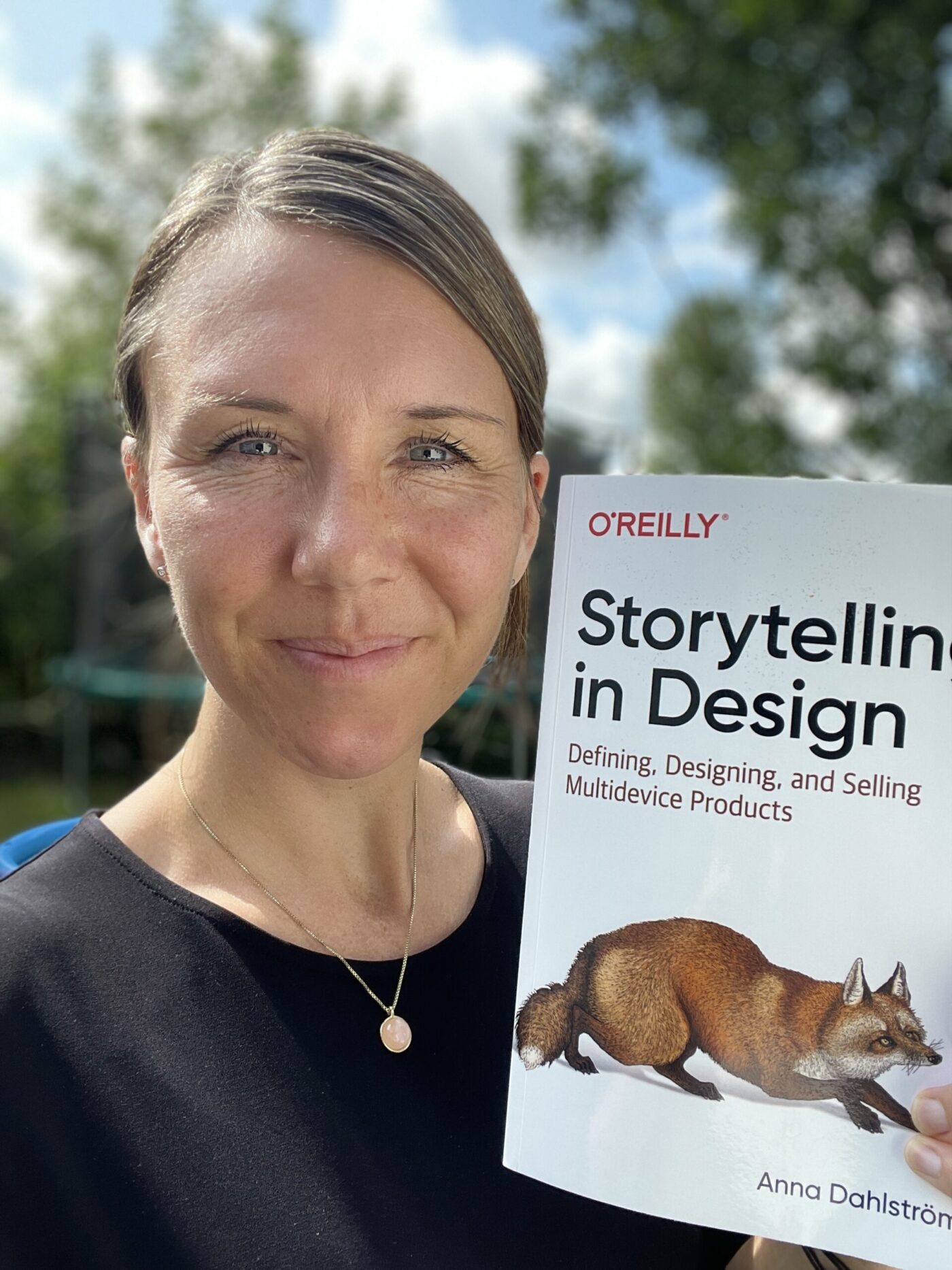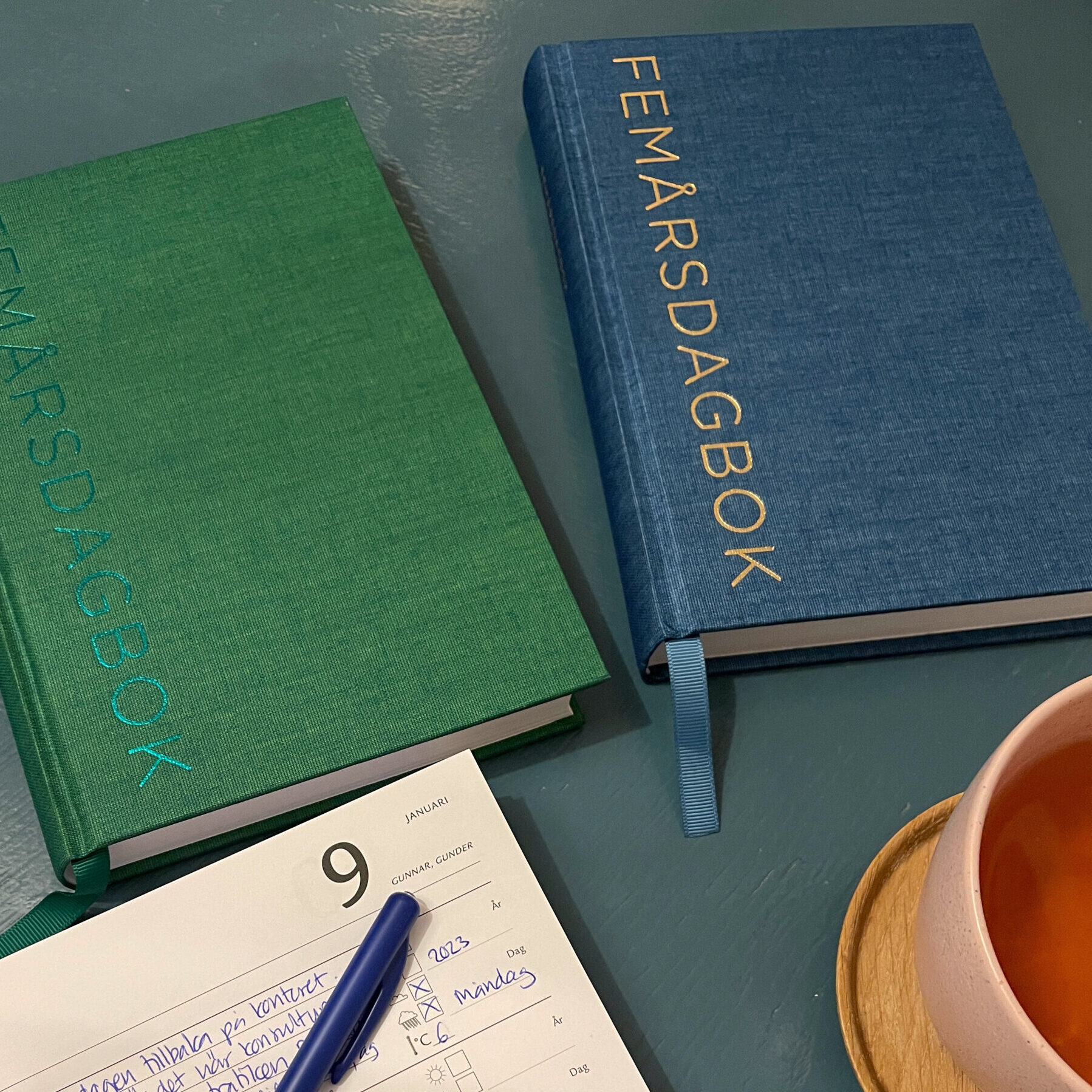This post has been brewing for a long time. It’s about a topic I’m increasingly interested in and convinced will be the future of who we design for.
Nearly two years ago when I was fresh into freelancing and hadn’t done any public speaking I stumbled over a tweet by Luke W that went like this:
So how do you do anything if everything, anybody, anywhere, & anytime are your use cases? #mobilism
— Luke Wroblewski (@lukew) May 12, 2011
We’d just had conversations that day at work around different types of use cases and I was a bit, well worked up about supporting them. In the heat of the moment I responded to Luke’s tweet saying this:
@lukew responsive design that works across devices & pages which display contextual modules based on where you are & have come from…
— Anna Dahlström (@annadahlstrom) May 12, 2011
To which he asked:
@annadahlstrom what does that mean?
— Luke Wroblewski (@lukew) May 12, 2011
I didn’t have all the answers but I knew there was something in it. Later that week I submitted a proposal for the Euro IA conference and to my surprise my topic was accepted. I panicked a little as I wasn’t sure how I actually proposed to solve what I was suggesting. But, I figured that the summer was a good time to do some research and put my thoughts in order.
As things turned out my talk ended up being more about the shift in users and their expectations, combined with how to approach designing for multiple devices. The actual reason for this is one portion of great feedback from people I admire, but an even bigger portion of me chickening out. I didn’t get as far as I wanted with my research that summer, and I had never done any public speaking before. To add to that I had just started getting involved in the IA and UX community and I was afraid of getting up on stage with nothing but this idea in my head, standing there like a leaking sieve with no answers to any of the questions that might follow my talk. I was afraid of making a fool out of myself and that my first public speaking appearance would also be my last. So, I adjusted my topic.
I’m very grateful that I did as it has led me to where I am today and designing for multiple devices is now a topic that I talk a lot about. But. I still haven’t been able to rid myself of that initial thought I had that the old saying…
Design for everyone and you design for no one
…doesn’t hold true any more, and that it increasingly won’t. On the contrary I believe that we, to a greater extent, should design with every single user in mind. Why? Because we’re dealing with users whose needs and journeys are becoming more diverse. Their expectations of finding what they’re after are rising, and developments in technology and devices mean that we are starting to be able to better support this diversity.
As for talking on the full range of (sometimes conflicting) stakeholder requirements and “wouldn’t this be great” I still think the hold saying holds true. But for different reasons. I’m convinced that ‘Designing for everyone’, or rather ‘Designing for the individual’ is the overarching common denominator use case we should be working with. Or actually will be working with in the not too distant future. And I’m incredibly excited about it. It’s something that each of the products we’re working on with byflock touches and a topic I’ll be writing a lot about going forward.
I realise that designing for the individual may sound crazy in a time when we are just getting our heads and hands around designing and building for multiple devices, but the beauty of the future is that it no doubt will contain so much that we today hardly are able to imagine. If you can think it you can do it and designing for the individual is definitely something we can do. And it has great potential.
Image source: www.flickr.com/photos/eyesore9/3206408088


